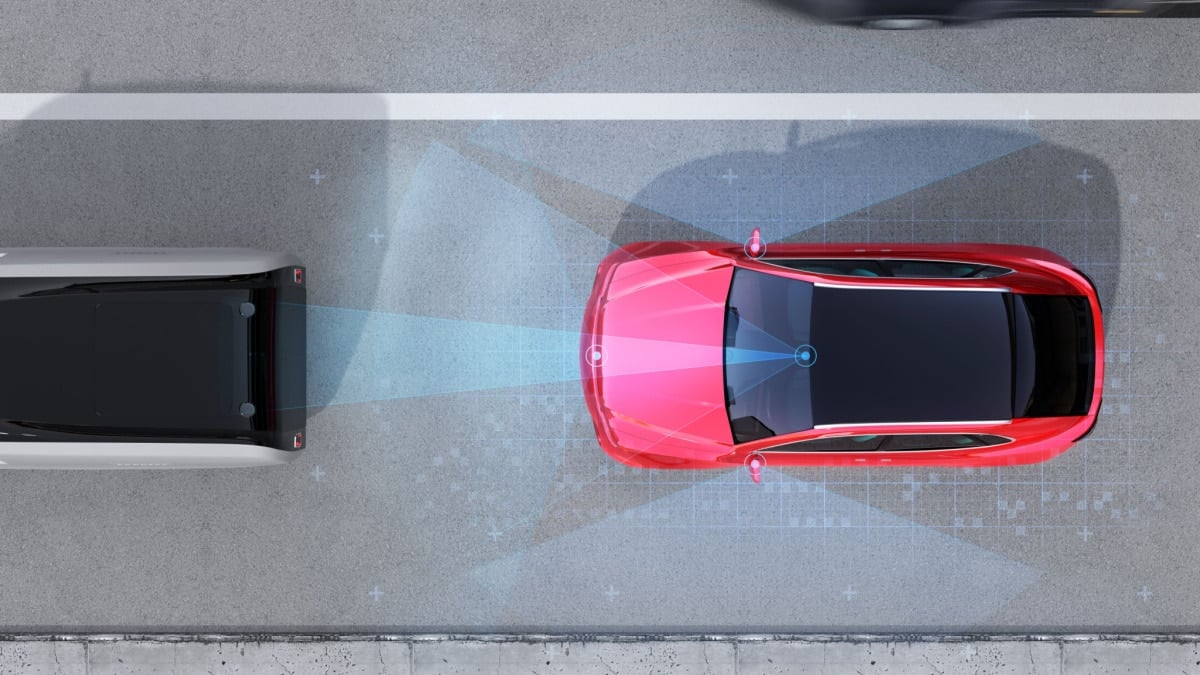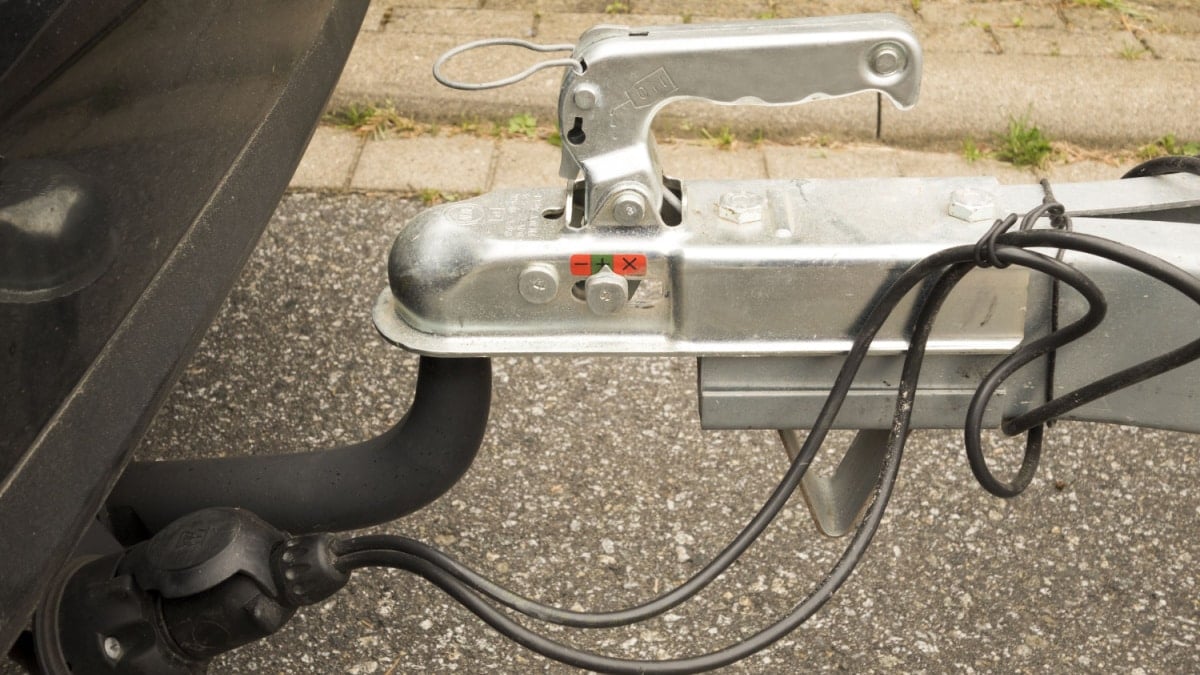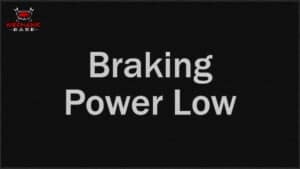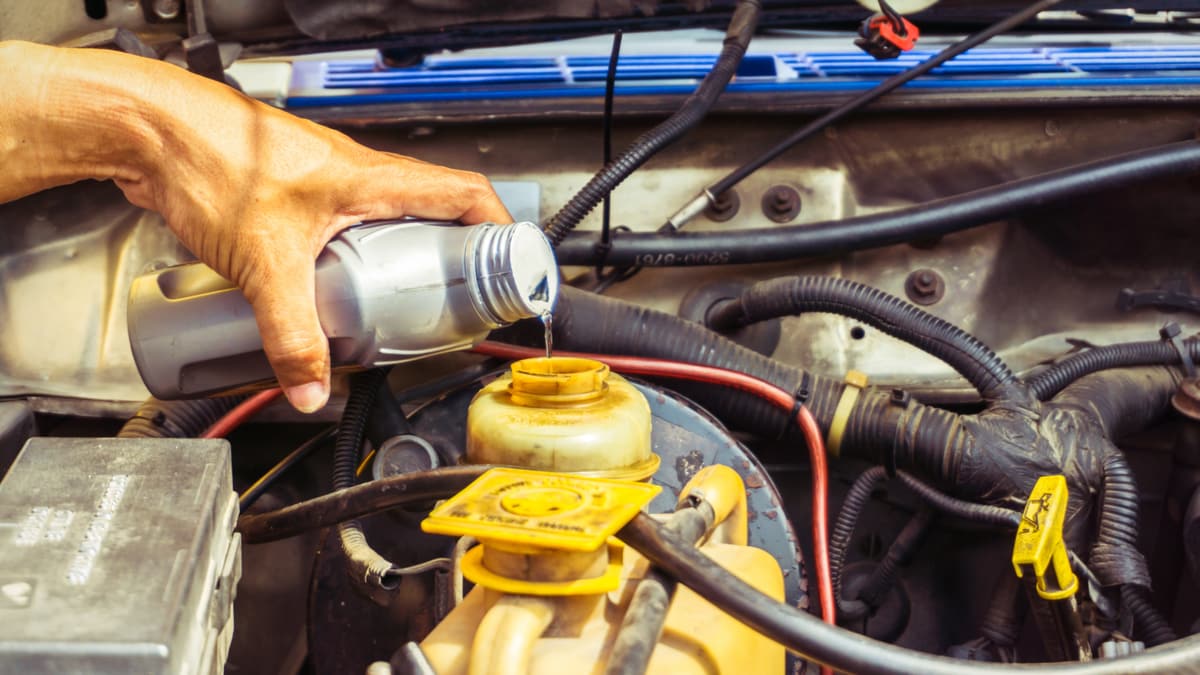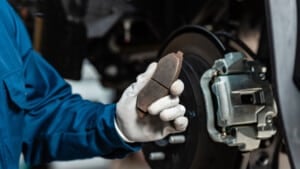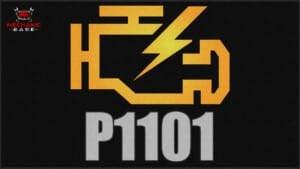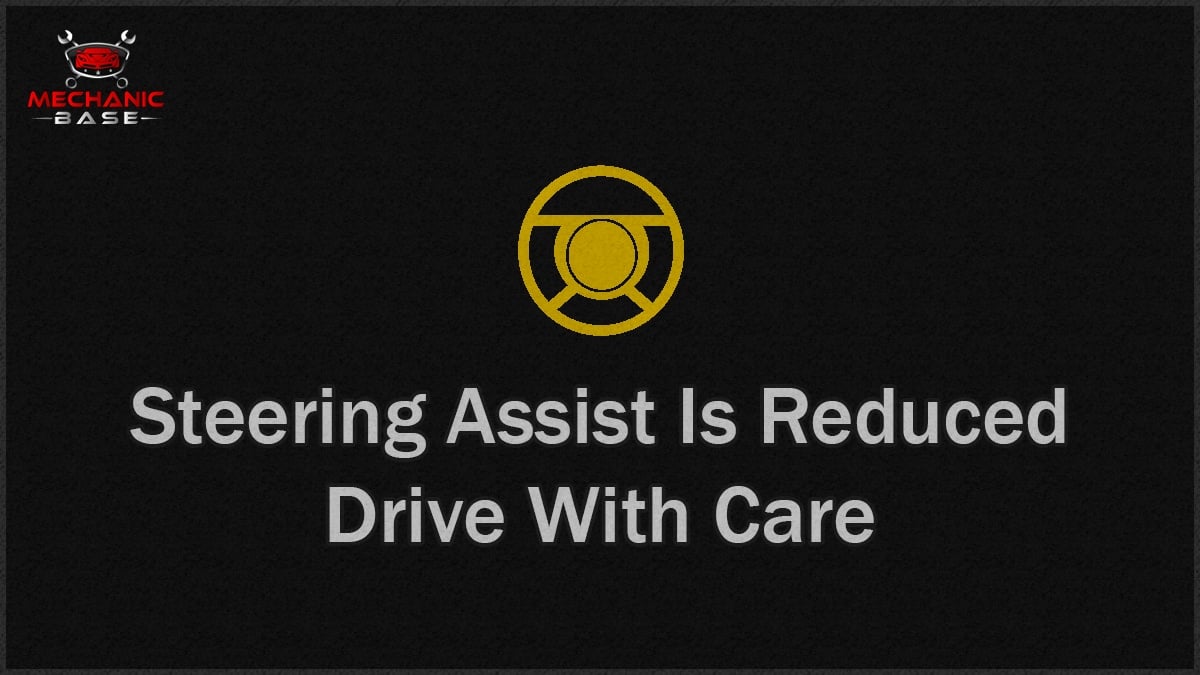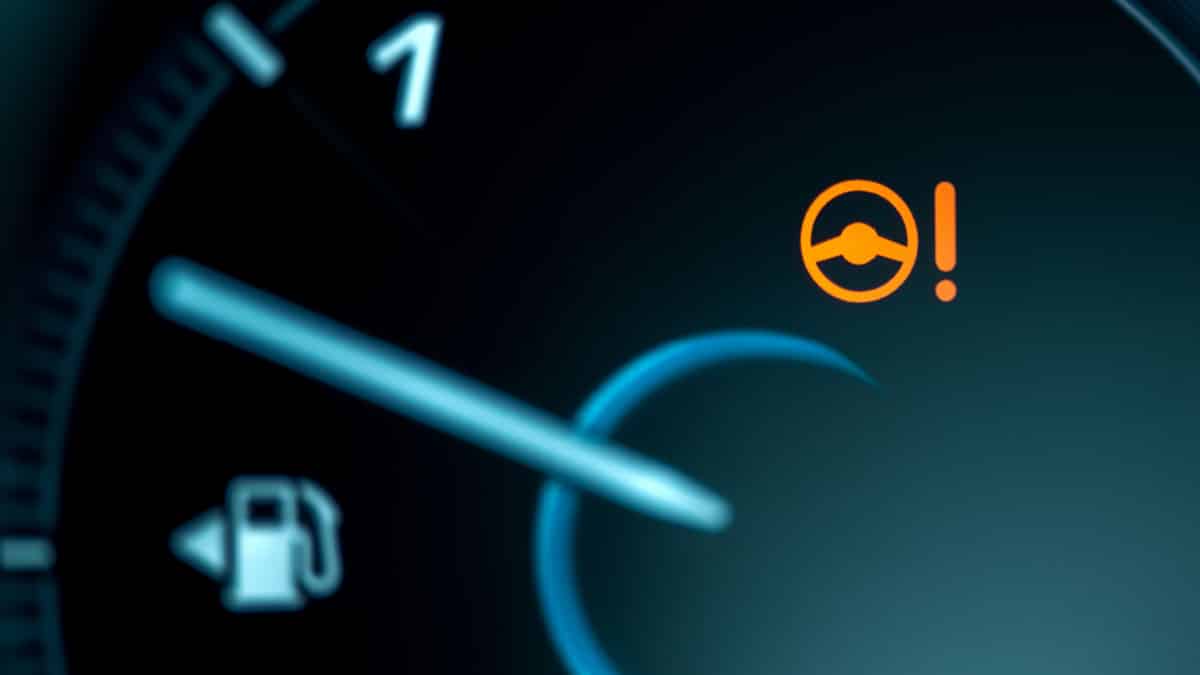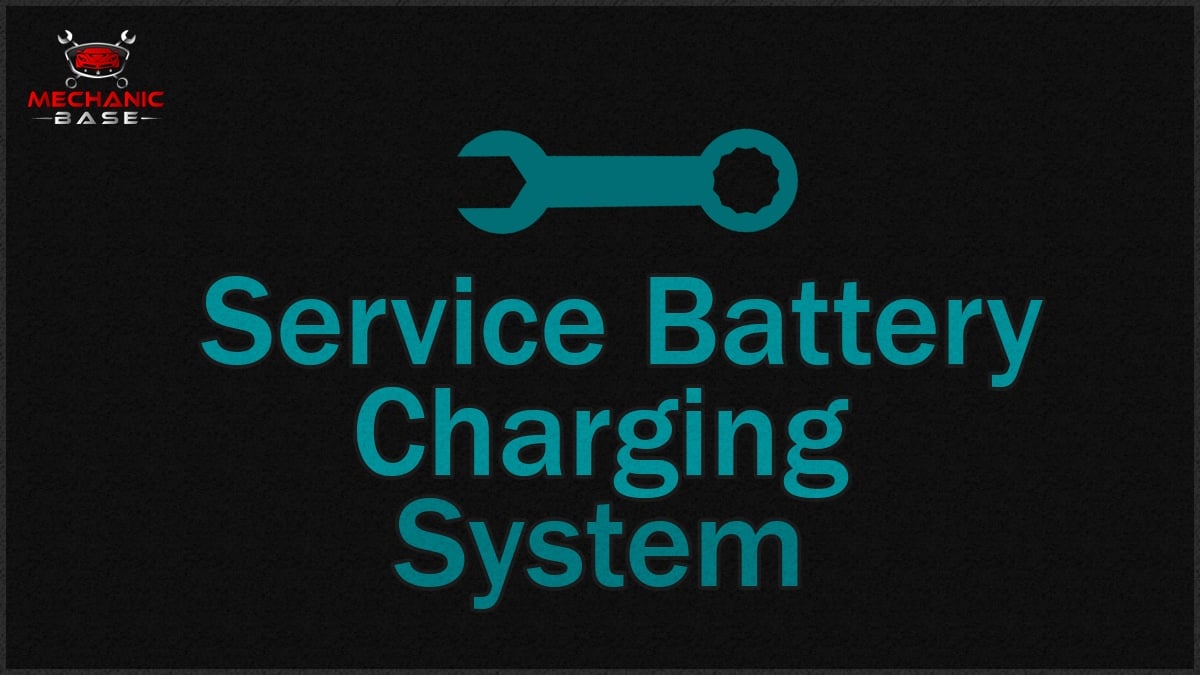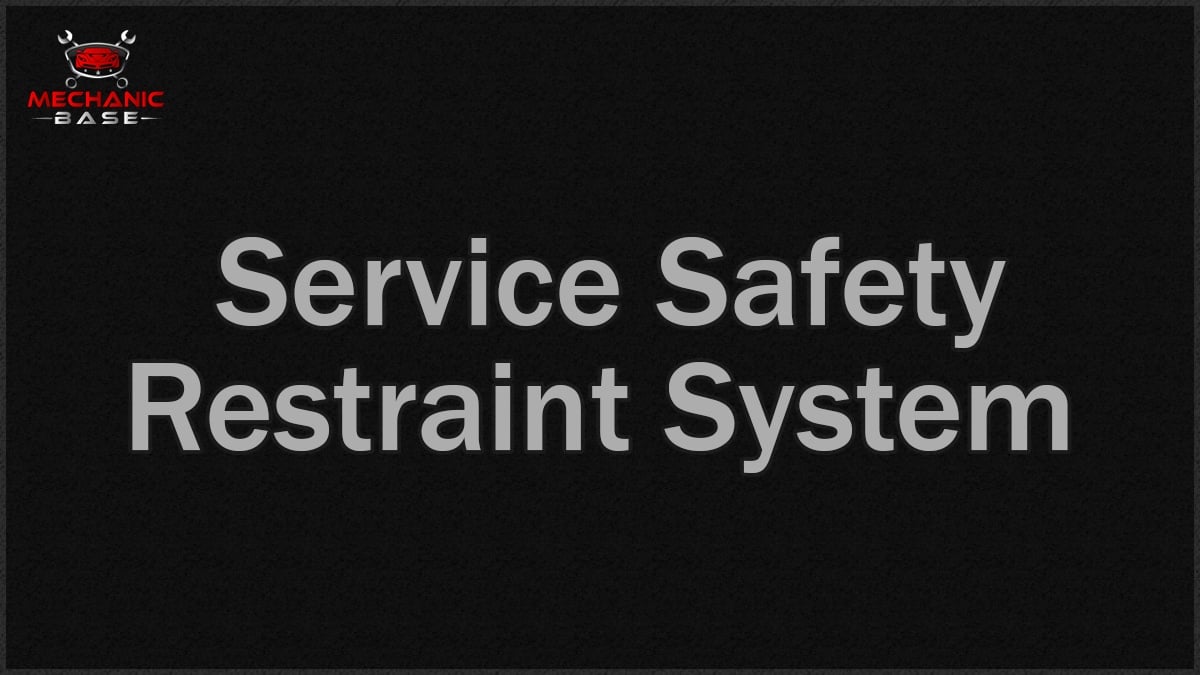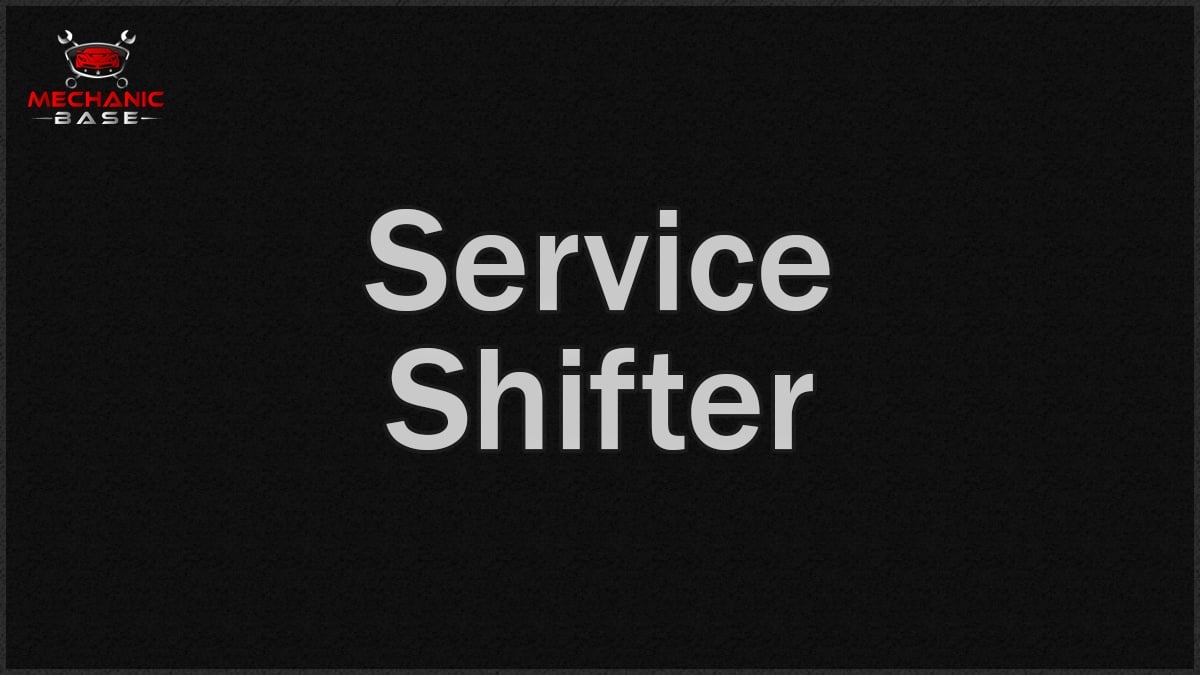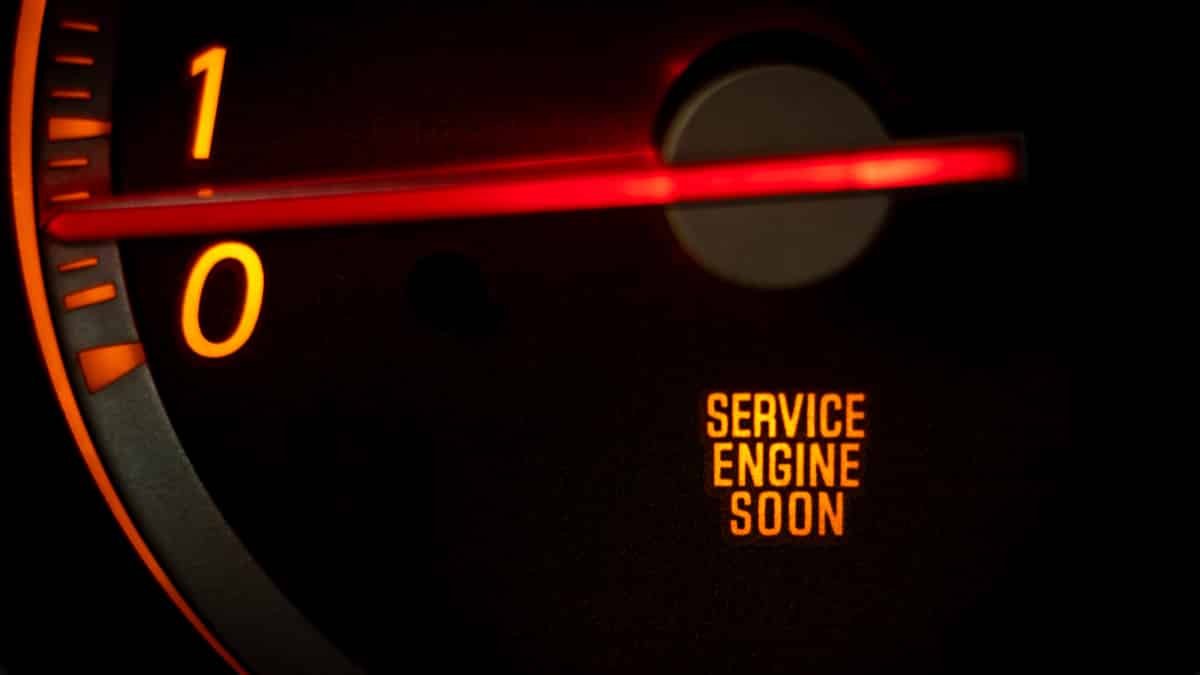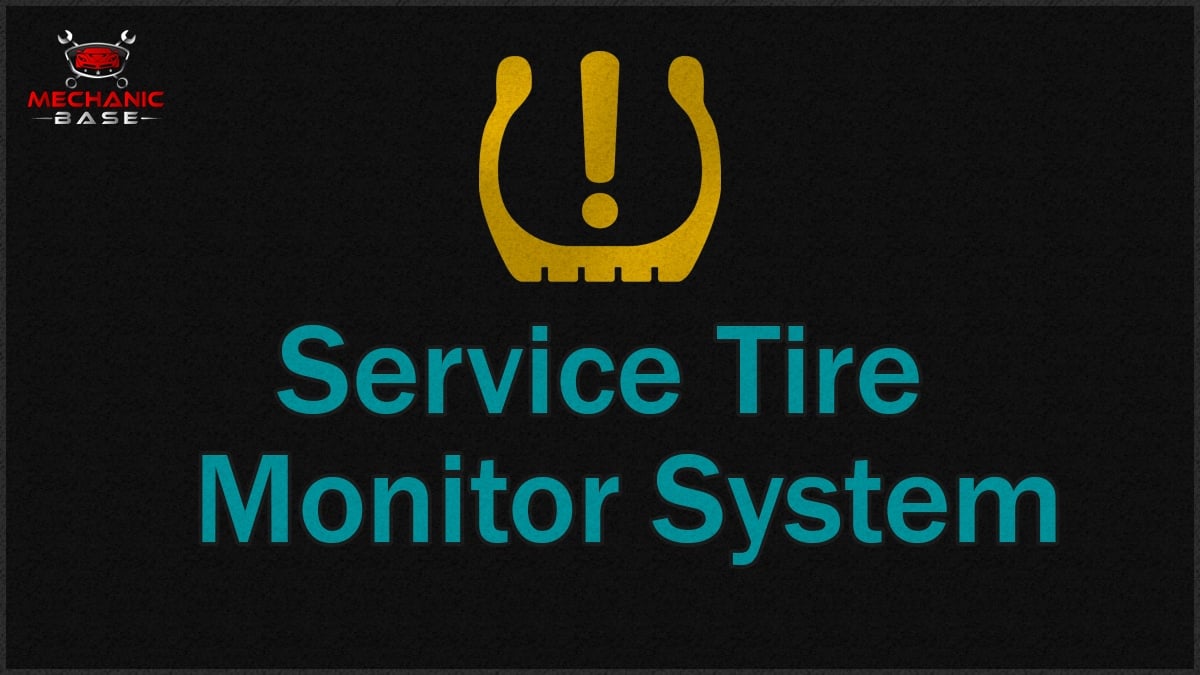Today’s modern vehicles have many advanced driver-assist functions installed for better control. One of these systems is the brake assist functionality. If something goes wrong, you may see a “Service Brake Assist” alert on the dashboard. What does “Service Brake Assist Mean,” and how should you fix it?
In this guide, I talk about the meaning of the “Service Brake Assist” warning. I also compare the Brake Assist system to ABS and Automatic Emergency Braking, and show you the benefits of this advanced safety system. I even answer some of your top questions about the system. Before you go, make sure you read about some ways you can fix the warning light.
What Does Service Brake Assist Message Mean?
When the Service Brake Assist message comes on the dashboard, it means there has been a malfunction with the Brake Assist system. It’s possible that a brake sensor has failed or there isn’t enough pressure in the brake system. Either way, it should be looked at right away.
Brake assist monitors the amount of pressure being placed on the brake pedal. If more pressure is needed in the event of an emergency, this advanced system supplies the additional power.
Benefits of Brake Assist
The Brake Assist system measures how much pressure is applied to the brake pedal. It ensures that the pressure is sufficient enough to prevent collisions during an emergency stop.
If the system determines that a fast stop is necessary, but you haven’t fully pressurized the pedal, extra hydraulic pressure will be applied. This added pressure closes the distance until the vehicle is completely stopped. It can prevent an accident from occurring, which is priceless.
Brake Assist vs. ABS
Brake Assist is a high-tech safety system included in some modern vehicles. It’s not identical to anti-lock brakes (ABS), which are included with every vehicle these days. However, both systems are meant to improve braking performance.
Brake Assist can supply additional pressure on the brake pedal if there’s an emergency. It helps drivers stop before a collision occurs. On the other hand, ABS maintains the braking of the vehicle if the wheels start to lock-up. It provides more control of the car. ABS also keeps the wheels from locking up, so you can come to a stop safely.
Brake Assist vs. Automatic Emergency Braking
Brake Assist might sound like a form of Automatic Emergency Braking, but these two aren’t the same. Brake Assist is going to apply pressure for you. If you push on the pedal but not hard enough for the situation, the advanced system is going to give you the extra boost you need.
On the other hand, the Automatic Emergency Braking system is going to work without your input. If there’s a dangerous situation determined by the sensors and you aren’t braking despite warnings, the car will brake on its own. It’s an autonomous technology that handles the operation for you. It’s normally included with vehicles as part of a safety package, or it can be added as an optional feature.
Causes of the Service Brake Assist Message
In most cases, if you see a service brake assist message with no ABS light or any other message, it is caused by a bad brake pressure sensor or a brake light switch, depending on the car model. However, there are many different reasons why this message can appear, so a proper diagnosis is necessary. Let’s take a look.
The most common causes of the Service Brake Assist message include:
- Bad Brake Pressure Sensor
- Faulty Brake Booster
- Bad Brake Booster Check Valve
- Vacuum leaks to the brake booster
- Old brake fluid
- Faulty ABS Sensor
- Faulty ABS Ring
- Wiring issues
If you see this message in your Chevrolet together with a Service Stabilitrak message, service traction control message and an ABS light, there may be bigger issues with the brake system.
How to Fix Service Brake Assist Warning
1. Reset the Light
There’s always the chance that the light came on by accident. It’s unlikely, but you want to rule this option out before moving on. By resetting the brake assist light, you can ensure that there’s actually a problem.
The best way to do this is to use an OBD2 scanner. However, if you don’t have access to one you can also try to remove the power.
With the vehicle in a location that’s safe and the engine off, you can disconnect the negative cable to the battery. Go in your vehicle and push on the brake pedal until all of the electricity inside is removed. Once that is completed, go ahead and reconnect the cable to the battery and start the engine. The light should be off at this time.
Take the vehicle for a test drive to see if the light comes back on. If it does, you need to move on to the following steps.
2. Read the trouble codes
When dealing with problems in modern cars, you always want to read the trouble codes with an OBD2 scanner to make diagnosis much easier. You can either get an OBD2 scanner to use at home, but you may need a special scanner for your car model if it would be compatible with the brake assist system.
Read the codes and continue with the troubleshooting after you get this information.
3. Check Brake Pressure Sensor
One of the main issues with the brake assist systems is the brake pressure sensor. If a sensor fails, the system could fail. To fix the problem, this sensor needs to be replaced. This sensor is often located on the ABS unit or at the master brake cylinder, depending on your car model.
The part will cost $10 to $150. If you can get the sensor installed on your own, you won’t have anything else to spend. Even if you need a mechanic to install the sensor, you may only spend $75 to $200.
4. Check for vacuum leaks and check valve
For the brake booster to work properly, it needs a vacuum. In most vehicles, there will be a hose from the engine intake manifold to the brake booster to provide a vacuum. There will also be a check valve that keeps the vacuum inside the brake booster when you accelerate the car.
If this check valve is broken, or there is a vacuum leak somewhere, you will lose brake pressure and the service brake assist system may pop up. If you have a diesel engine, it could also be due to a faulty vacuum pump.
5. Check Brake Fluid
The system’s brake fluid is what helps to create pressure. This hydraulic fluid is needed when you push down the brake pedal and it’s utilized by the brake assist system. If the system is low, you might not get the brake pedal pressure you need to stop in time.
Take a minute to check the level of the brake fluid. It is simple to determine if more should be added with clear indicators on the dipstick cap or reservoir.
If the fluid looks dirty or contaminated, it might be better to perform a brake fluid flush. This professional service might cost around $100, and it is usually listed on the recommended maintenance schedule for every two years or 30,000 miles, whichever comes first.
RELATED: 5 Symptoms of a Brake Fluid Leak (& Repair Cost)
6. Replace Brake Boosters
The brake booster is the device that increases the force being applied from the pedal to the master cylinder of the system. It’s the component that differentiates a power-assist braking system from a manual setup.
If the brake booster fails, you could get a Service Brake Assist warning light. If you can replace the brake booster yourself, you might spend $100 to $500 for the part. If you need to pay a mechanic, you could spend another $150 to $450 on labor costs. However, these prices are strictly estimates, with the make, year and model of your car determining how much you will spend.
7. Replace faulty ABS parts
If you see the service brake assist message along with the ABS light or traction control light, it may be a problem with the ABS system and not the brake assist system. The most common problems with the ABS system that can cause problems with brake assist are also a bad ABS sensor, bad abs ring or a bad ABS pump.
You can learn more about it here: ABS Light – Meaning, Causes, Fixes (& Is it safe to drive with?)
8. Talk to a Mechanic
If none of these steps led to a repair, it’s time to talk with your mechanic. With sophisticated technology like the Brake Assist system, it can be difficult to pinpoint what’s wrong.
However, certified mechanics have access to better diagnostic equipment and tools. For this reason, they might be better equipped to hunt down the problem.
Can Brake Assist Be Turned Off?
There are some models that allow you to turn off safety features if you prefer. You might have a button that allows you to turn this off, but it’s unlikely. To figure out what’s possible with your model, you should reference your owner’s manual. Just remember that these systems are off and won’t be protecting you during this time.
Is It Safe to Drive with the Service Brake Assist Warning?
You shouldn’t drive with most warning lights on the dashboard. However, the Service Brake Assist light should be especially alarming. In fact, you are going to be put in a lot of danger with this system malfunctioning.
Without complete control over the braking system, collisions and accidents are more likely. If the light comes on, I recommend pulling over to a safe place. You should have the problem looked at right away or take it to a mechanic.
Is brake assist important?
Yes. Brake assist is important in the event of an accident. If your brake assist is not working, it will take much longer to bring the car to a complete stop in an emergency. This could be the difference between life and death.
Is brake assist the same as ABS?
No. Brake assist and the ABS system are two separate systems. However, they work closely together, and while the brake assist applies brake pressure to the wheels, the ABS system limits the pressure so as not to lock the wheels.
Categories: Brakes
